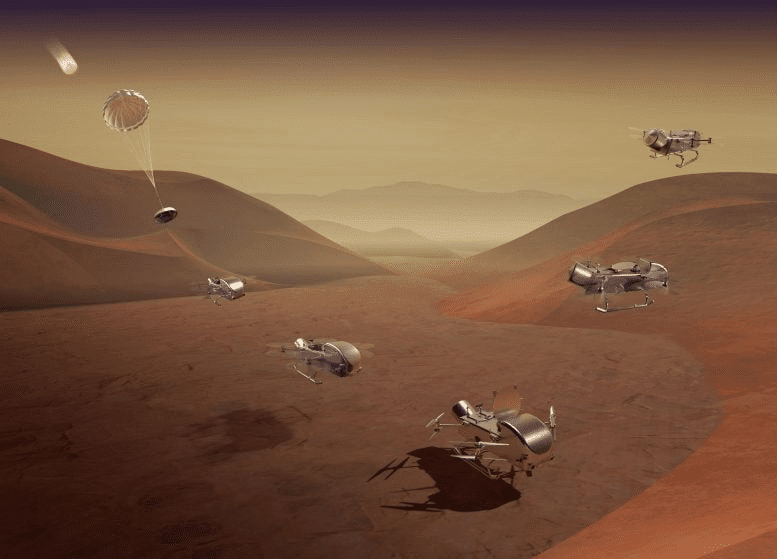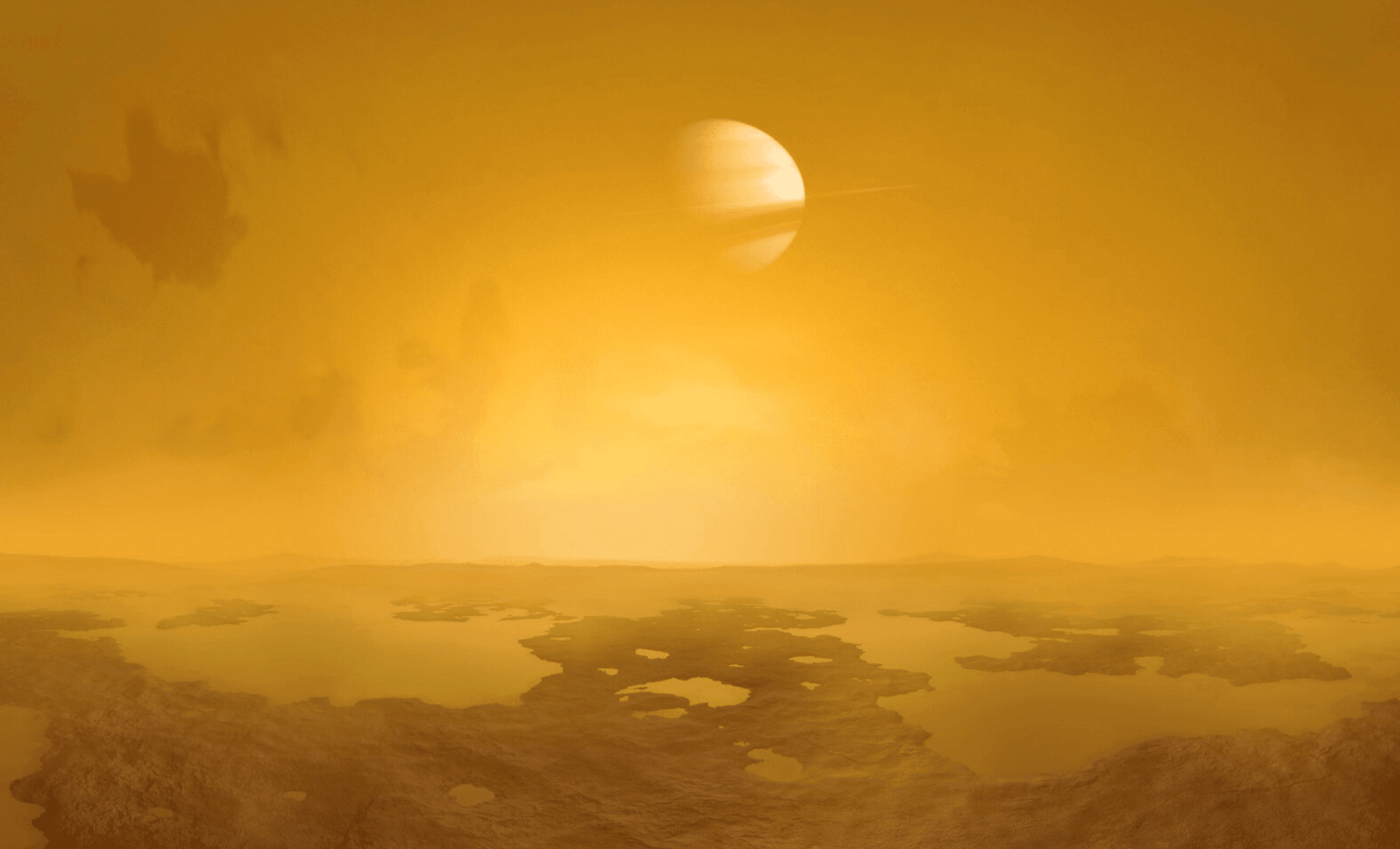Saturn’s moon Titan has always been one of the most intriguing bodies in our Solar System, largely due to its thick, nitrogen-rich atmosphere. This atmosphere has baffled scientists for years, but recent findings by a team of researchers from the University of Bristol, using data from NASA’s Cassini spacecraft, have unveiled an even stranger phenomenon.
Titan’s Atmosphere: A Strikingly Unique Feature in the Solar System
Titan is not only thelargest moon of Saturn but also the only moon in the Solar System with a substantial, dense atmosphere. This fact has made it a key target for planetary scientists aiming to understand atmospheric behavior beyond Earth. However, Titan’s atmosphere is anything but typical. Unlike Earth, whose atmosphere is tightly bound to its rotation, Titan’s atmosphere has exhibited a peculiar characteristic—it tilts and shifts in a manner that is completely unexpected.
Lucy Wright, the lead author of the study, explains the strangeness of Titan’s atmosphere: “The behavior of Titan’s atmospheric tilt is very strange!” Titan’s atmosphere behaves like a gyroscope, maintaining a stable orientation in space even as the moon itself rotates beneath it. This unique feature has become a focal point of study, shedding light on the dynamic processes at play in Titan’s climate system.

The Gyroscopic Mystery: Titan’s Tilt and Wobble
Titan’s atmosphere does not rotate in sync with its solid surface. Instead, it exhibits a phenomenon known as a “gyroscopic wobble.” The tilt of Titan’s atmosphere changes in response to the seasons, which last about 30 Earth years each. The atmospheric tilt of Titan is unlike anything found on Earth, making it a fascinating subject of study for planetary scientists. As Wright notes, “We think some event in the past may have knocked the atmosphere off its spin axis, causing it to wobble.”
This discovery challenges previous assumptions that Titan’s atmosphere might rotate uniformly with the moon’s surface, much like Earth’s weather patterns are influenced by its own rotational movement. The fact that the tilt fluctuates with Titan’s long seasonal cycle further complicates our understanding of the forces at work on Titan, making the moon an even more intriguing object of study.
Unpredictable Behavior: Titan’s Tilt and the Role of the Sun
One of the most puzzling aspects of Titan’s atmospheric wobble is that it remains fixed in space rather than responding to the gravitational influence of the Sun or Saturn. As Professor Nick Teanby points out,
“What’s puzzling is how the tilt direction remains fixed in space, rather than being influenced by the Sun or Saturn. That would’ve given us clues to the cause. Instead, we’ve got a new mystery on our hands.”
This observation has led scientists to consider alternative explanations for Titan’s atmospheric behavior, such as unknown forces or past events that could have altered its atmospheric dynamics.
This feature sets Titan apart from other planetary bodies with atmospheres, where such influences typically cause atmospheric shifts that align with the Sun’s position or the planet’s axial tilt. The unchanging orientation of Titan’s atmosphere suggests that the moon’s past history could hold the key to understanding this anomaly.
Enjoyed this article? Subscribe to our free newsletter for engaging stories, exclusive content, and the latest news.












